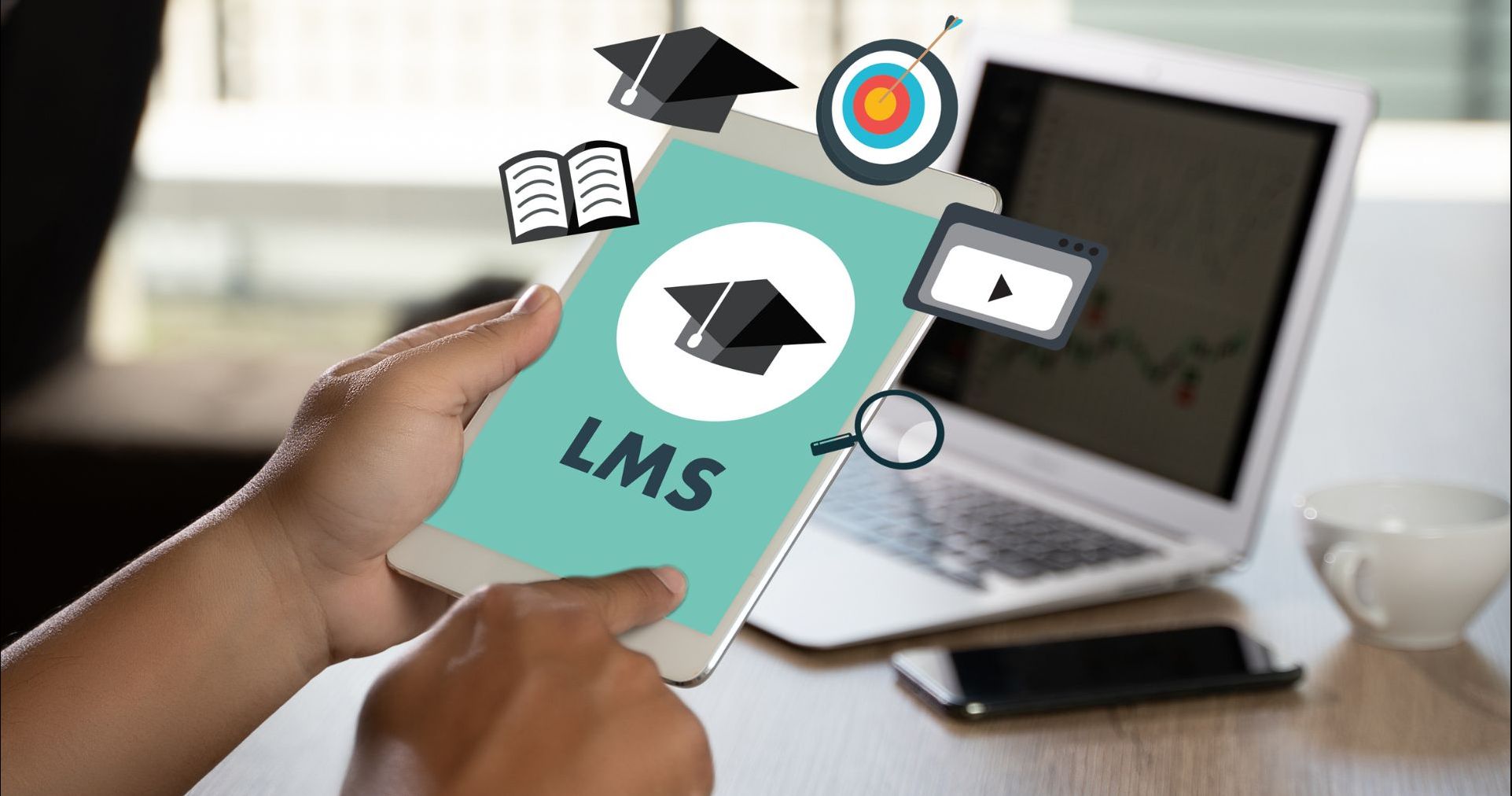Managing users and groups in an LMS can be a challenging task. This is due to the sheer number of users that an LMS typically manages and the fact that users can be assigned to various groups depending on their role or role within the organization.
A great idea is to use an LMS like Discoverlink that can boost accountability with clear lines of management assigned to different groups. Monitoring user activity logs will also help you spot illegal or inappropriate use of your LMS systems.
In this blog post, we will outline six best practices for managing users and groups in an LMS. These tips will help you effectively manage user access, identify and blacklist users, enforce group membership, and more.
1. Assign Users to Groups Based on their Role or Role in the Organization
The first step in managing users and groups is to assign users to groups based on their role or role within the organization. This will help you better identify and track who has access to what content, resources, and features within your LMS.
For example, you might group all marketing employees into a marketing group while assigning managers only access to company-wide resources.
This way, you can ensure that all employees working in marketing have access to relevant information and tools while remaining accountable for their own actions.
2. Block Users From Accessing Certain Content or Resources
Sometimes, users need to be blocked from access to certain content or resources to protect the integrity of their LMS and its data. For example, you might block employees who do not have access to customer data from viewings Salesforce CRM’s sales process tutorial videos.
This way, only authorized personnel can view and use this information safely and effectively. Blocking users also prevents them from disrupting team workflow by accessing sensitive information unauthorizedly.
3. Enable Group Membership for Users When Necessary
Sometimes, users need to be assigned to a group to access specific content or resources. For example, you might require all employees to be members of a group to create and edit content within your LMS.
This way, you can better manage user access and enforce group membership policies. Additionally, it allows you to assign specific users or groups with specific permissions for optimal efficiency.
4. Monitor User Activity Logs To Identify Troublemakers or Illegal activity
User activity logs can be a valuable tool for monitoring user behavior and detecting troublemakers or illegal activity. By tracking who is accessing what content, resources, and features, you can quickly identify anyone behaving inappropriately.
For example, you might track user activity to see who is accessing customer data or creating and editing content without proper permissions. This way, you can take necessary action against those individuals before they cause any damage.
5. Use Security Features in Your LMS to Protect Data & Integrity
Your LMS should have a wide range of security features to protect data and integrity. For example, you might use encryption technology to securely store customer data or enable authentication mechanisms for authorized users.
These measures are essential for safeguarding the privacy and security of your users’ information. By using these features correctly, you can keep your LMS secure from unauthorized access and ensure the accuracy and integrity of your data.
6. Train Employees on Proper Use of Your LMS
It is important to train your employees to make the most of your LMS. This way, they can navigate the interface and access the content they need without any trouble.
Additionally, you should guide on how to properly manage user permissions
and create and edit content. This way, everyone involved with using your LMS will be aware of the guidelines and procedures required for effective operation.
Conclusion
Now that you have all the best practices in place, you can focus on building a well-managed LMS. One of the most important steps to ensure good management is to empower employees and assign them appropriate roles based on their roles or responsibilities.

